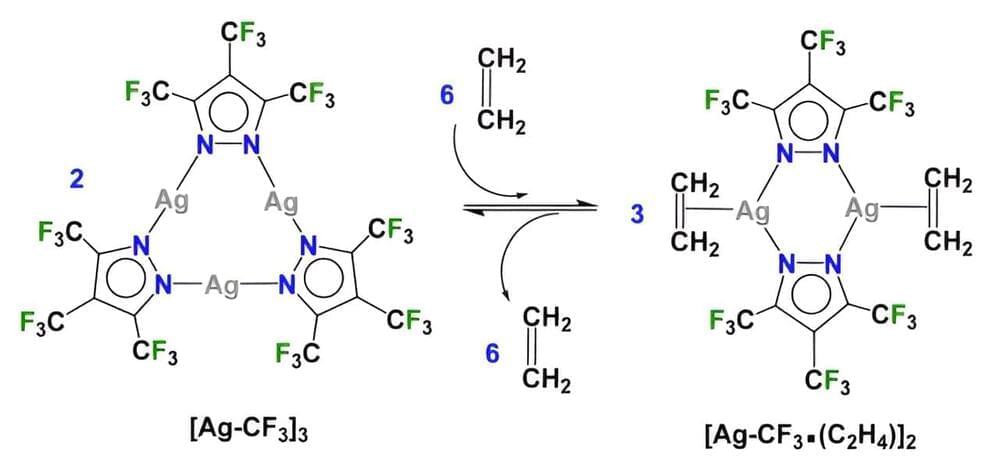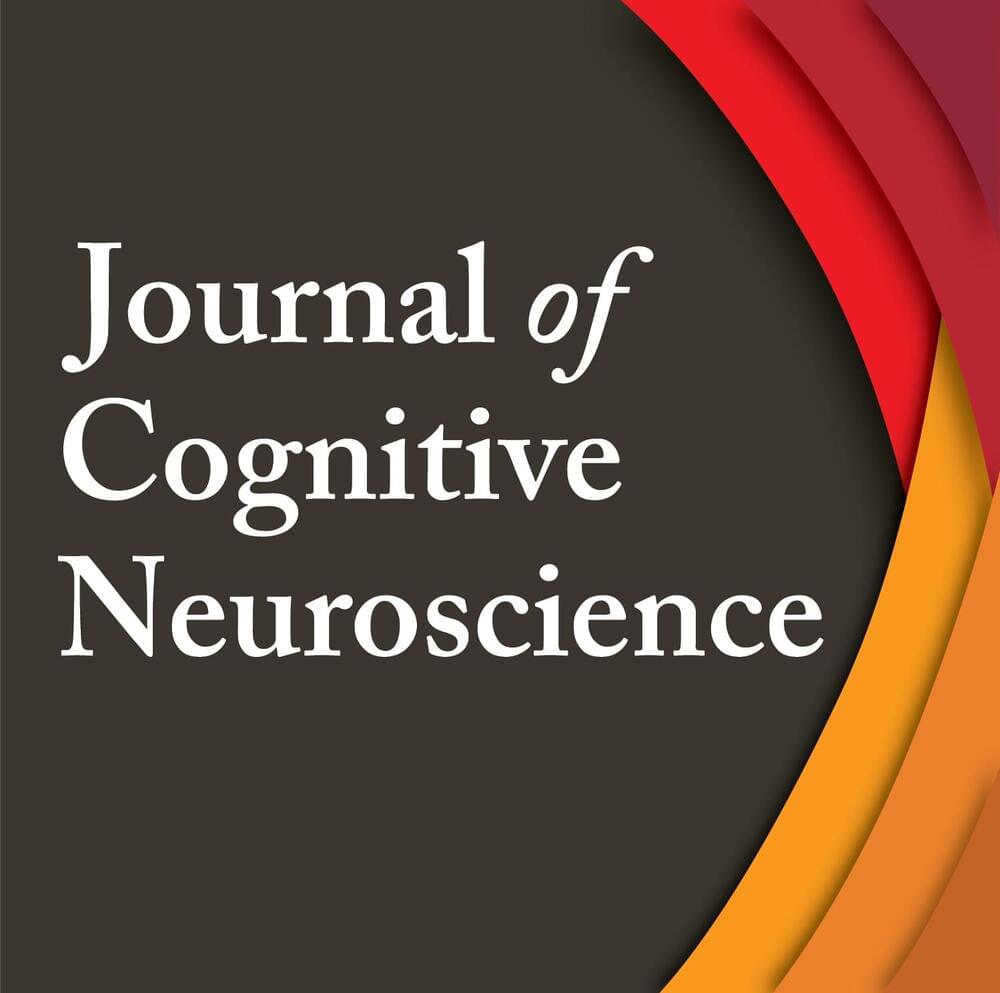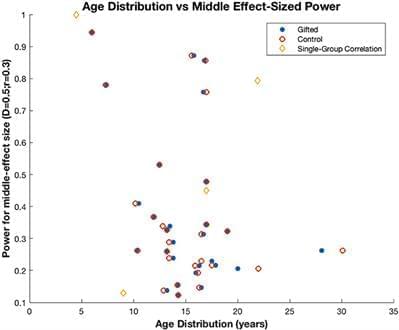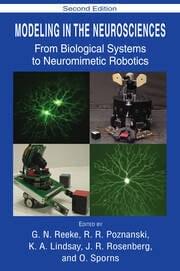Herbert Ong Brighter with Herbert.
Get the latest international news and world events from around the world.

Discover the Key to Happiness and Fulfillment with Harvard Psychiatrist’s Advice
Zocdoc: Go to https://www.zocdoc.com/ICED and download the Zocdoc App for FREE NetSuite: Take advantage of NetSuite’s FREE KPI checklist: https://www.netsuite.com/ICED Insider Clothing: Head to https://insider.clothing/IcedCoffeeHour and use code ICED15 for 15% off your order Hims: Start your free online visit today at https://hims.com/ich Follow Dr. Alok Kanojia and subscribe to him here: https://www.youtube.com/@HealthyGamerGG Want to understand your mental health? Check out Dr. K’s Guides to Mental Health https://bit.ly/4caPuiC Dr. K’s Book, How to Raise a Healthy Gamer https://bit.ly/3Pk8D8e NEW: Join us at http://www.icedcoffeehour.club for premium content — Enjoy! Add us on Instagram: https://www.instagram.com/jlsselby https://www.instagram.com/gpstephan Official Clips Channel: https://www.youtube.com/channel/UCeBQ24VfikOriqSdKtomh0w For sponsorships or business inquiries reach out to: [email protected] For Podcast Inquiries, please DM @icedcoffeehour on Instagram! Time Stamps: 0:00 — Intro 0:52 — This Is The RIGHT Way To Sit 6:59 — How To Know You’re ACTUALLY Happy 19:34 — How 99% of Things Are Out Of Your Control 24:13 — Who Is Dr. K? (Background) 26:18 — There Is No Such Thing As Good OR Bad 31:18 — Should You Go To Therapy? 33:26 — Dr. K’s Thoughts On Tony Robbins & Neuro-Linguistic Programming 39:03 — How To ACTUALLY Become Happy 1:02:33 — How Much Sacrifice Is Required To Be Successful? 1:14:09 — How To Get Into Your Flow State At Work 1:22:25 — Why Dr. K Thinks ‘Monk Mode’ is “Silly” 1:31:07 — Dr. K Explains Burn Out 1:39:07 — How Our Brains Can Experience “Hypothetical Pain” As REAL PAIN 1:42:47 — How To See NEGATIVES As POSITIVES 2:00:46 — Dr. K Explains The Whole Scale FAILURE of Our Traditional Institutions 2:16:26 — How Our Minds Are Being Controlled 2:46:28 — Is Social Media A GOOD or BAD Thing Overall? 2:49:24 — Dr. K’s Thoughts On Drama Bait YouTube Channels & Instagram ‘Gore” Reels 2:57:27 — Dr. K On PORN & INCELS 3:13:19 — Should You Make Decisions For Your Significant Other? 3:17:41 — Why People Lie & The POWER Of Truth *Emotional* 3:28:30 — How Terminal Patients Learn How To Deal W/ Death 3:35:34 — How Dr. K Personally Deals With Trauma & Negativity 3:59:07 — Dr. K Brings Jack & Graham Through A Meditation Exercise 4:15:31 — Closing Thoughts *Some of the links and other products that appear on this video are from companies which Graham Stephan will earn an affiliate commission or referral bonus.

Limitless is a new AI tool for your meetings — and an all-hearing wearable gadget
The Limitless Pendant is part of the whole Limitless system, which the company is launching today. (Oh, and in case you’re wondering: yes, it’s very much a reference to the movie.) Siroker’s last AI product, Rewind, was an app that ran on your computer and would record your screen and other data in order to help you remember every tab, every song, every meeting, everything you do on your computer. (When the company first teased the Limitless Pendant, it was actually called the Rewind Pendant.) Limitless has similar aims, but instead of just running on your computer, it’s meant to collect data in the cloud and the real world, too, and make it all available to you on any device. Rewind is still around, for the folks who want the all-local, one-computer approach — but Siroker says the cross-platform opportunity is much bigger.
“The core job to be done is initially around meetings,” Siroker tells me. “Preparing you for meetings, transcribing meetings, giving you real-time notes of meetings and summaries of meetings.” For $20 a month, the app will capture audio from your computer’s mic and speakers, and you can also give it access to your email and calendar. With that combination — and ultimately all the other apps you use for work, Siroker says — Limitless can do a lot to help you keep track of conversations. What was that new app someone mentioned in the board meeting? What restaurant did Shannon say we should go to next time? Where did I leave off with Jake when we met two weeks ago? In theory, Limitless can get that data and use AI models to get it back to you anytime you ask.
Siroker and I are talking the day after the first reviews of the Humane AI Pin came out, and he’s careful to differentiate his company’s approach from these all-encompassing AI tools. “We’re trying to do a few things exceptionally well, not be a mile wide and an inch deep,” he says. “We’re not, you know, trying to reinvent the wheel with lasers.” His plan is to integrate into all the apps you use and put Limitless inside of those apps; you should be able to take notes in Notion or get action items in Slack, he thinks, instead of having to go to some other app entirely. “Why would I even have to make you log into my cloud based app, when I could just have you show up to the thing you’re already using?”

NASA spacecraft snaps awesome view of volcanoes erupting on distant world
There are volcanoes erupting hundreds of millions of miles beyond Earth. And a NASA spacecraft is watching it happen.
The space agency’s Juno probe, which has orbited Jupiter since 2016, swooped by the gas giant’s volcanic moon Io last week, its last close planned flyby. The craft captured a world teeming with volcanoes, which you can see in the footage below.
“We’re seeing an incredible amount of detail on the surface,” Ashley Davies, a planetary scientist at NASA’s Jet Propulsion Laboratory who researches Io, told Mashable in February after a recent Io flyby. “It’s just a cornucopia of data. It’s just extraordinary.”



Quantinuum extends its significant lead in quantum computing, achieving historic milestones for hardware fidelity and Quantum Volume
‘Three Nines’ Surpassed: Quantinuum Notches Milestones For Hardware Fidelity And Quantum Volume Formed in 2021, Quantinuum is the combination of the quantum hardware team from Honeywell Quantum Solutions (HQS) and the quantum software team at Cambridge Quantum Computing, HQS was founded in 2014.
Quantinuum has raised the bar for the global ecosystem by achieving the historic and much-vaunted “three 9’s” 2-qubit gate fidelity in its commercial quantum computer and announcing that its Quantum Volume has surpassed one million – exponentially higher than its nearest competitors.
By Ilyas Khan, Founder and Chief Product Officer, Jenni Strabley, Sr Director of Offering Management
All quantum error correction schemes depend for their success on physical hardware achieving high enough fidelity. If there are too many errors in the physical qubit operations, the error correcting code has the effect of amplifying rather than diminishing overall error rates. For decades now, it has been hoped that one day a quantum computer would achieve “three 9’s” – an iconic, inherent 99.9% 2-qubit physical gate fidelity – at which point many of the error-correcting codes required for universal fault tolerant quantum computing would successfully be able to squeeze errors out of the system.

Identifying the Neural Bases of Math Competence Based on Structural and Functional Properties of the Human Brain
It is well known that the human brain is a complex system that comprises not only individual brain regions but also distributed neural networks. The human brain is efficiently organized by integrating information across various brain regions to minimize the cost of information processing while maximizing the overall efficiency of the brain networks. Modern neuroimaging techniques allow us to identify distinct local cortical regions and investigate large-scale neural networks underlying math competence both structurally and functionally. To gain insights into the neural bases of math competence, this review aims to find answers based on structural and functional properties of the human brain in both typical and atypical populations of children and adults. Specifically, for atypical populations, we will focus on individuals with math learning deficits. Math learning deficits are neurodevelopmental disorders that impair an individual’s ability to learn and perform math-related tasks. Dyscalculia is a specific type of math learning deficit that affects the development of arithmetical skills and other basic numerical skills (Kuhl, Sobotta, Legascreen Consortium, & Skeide, 2021; Kucian et al., 2014; Rykhlevskaia, Uddin, Kondos, & Menon, 2009). When reviewing findings from atypical population, we will focus on individuals with math learning deficits including those with dyscalculia.
As math competence encompasses many different skills, for studies involving adults, this review will selectively examine the neural bases of relatively complex math skills, such as evaluation of mathematical statements (e.g., “Any equilateral triangle can be divided into two right triangles”; Amalric & Dehaene, 2016, 2019). For studies involving children, we will also include fundamental math abilities such as arithmetic skills that are commensurate with the math skills young children master. However, basic number comprehension and number comparison skills are outside the scope of this review. Moreover, we will consider whether neural markers associated with math competence are unique to math or may be reflective of academic achievement and cognitive abilities more generally.

Frontiers: Most mathematical cognition research has focused on understanding normal adult function and child development as well as mildly and moderately impaired mathematical skill
Often labeled developmental dyscalculia and/or mathematical learning disability. In contrast, much less research is available on cognitive and neural correlates of gifted/excellent mathematical knowledge in adults and children. In order to facilitate further inquiry into this area, here we review 40 available studies, which examine the cognitive and neural basis of gifted mathematics. Studies associated a large number of cognitive factors with gifted mathematics, with spatial processing and working memory being the most frequently identified contributors. However, the current literature suffers from low statistical power, which most probably contributes to variability across findings. Other major shortcomings include failing to establish domain and stimulus specificity of findings, suggesting causation without sufficient evidence and the frequent use of invalid backward inference in neuro-imaging studies. Future studies must increase statistical power and neuro-imaging studies must rely on supporting behavioral data when interpreting findings. Studies should investigate the factors shown to correlate with math giftedness in a more specific manner and determine exactly how individual factors may contribute to gifted math ability.
A disproportionately large amount of scientific advancement throughout history has occurred due to cognitively gifted individuals. However, we know surprisingly little about the cognitive structure supporting gifted mathematics. The current understanding is that human mathematical ability builds on an extensive network of cognitive skills and mathematics-specific knowledge, which are supported by motivational factors (Ansari, 2008; Beilock, 2008; Fias et al., 2013; Szűcs et al., 2014; Szűcs, 2016). To date, most psychological and neuroscience studies have examined potentially important factors only in children and adults with normal mathematics as well as in children with poor mathematical abilities (e.g., in children with mathematical learning disability or developmental dyscalculia). In contrast, those with high levels of mathematical giftedness received relatively little attention.
